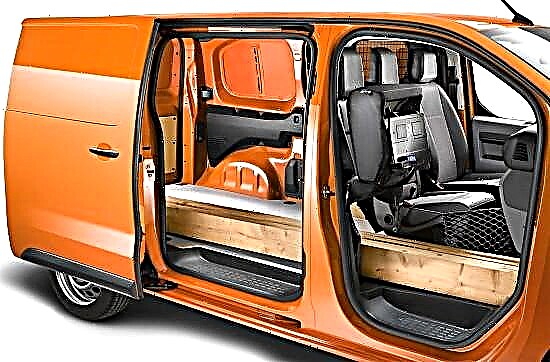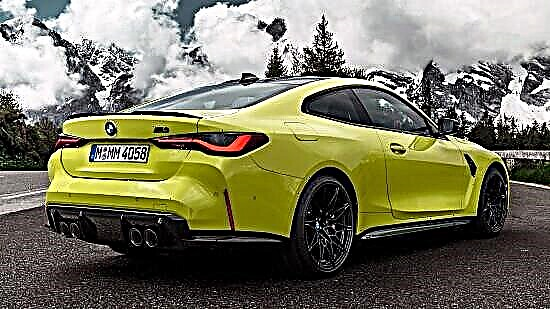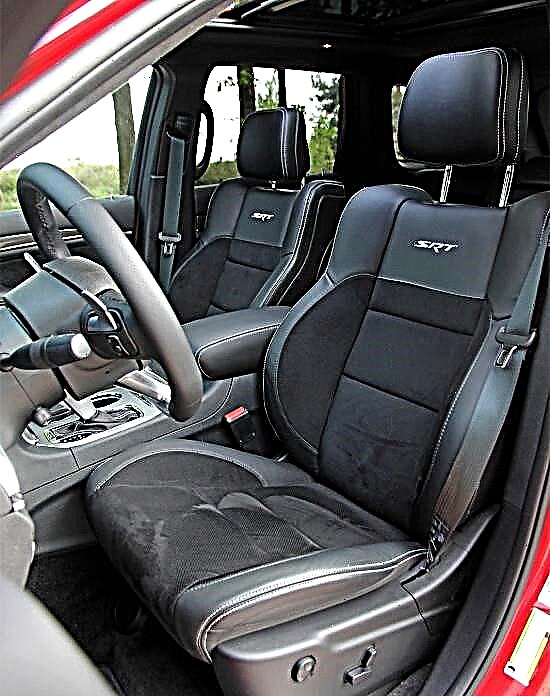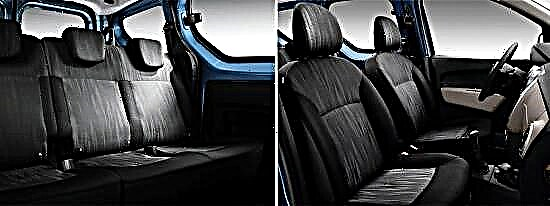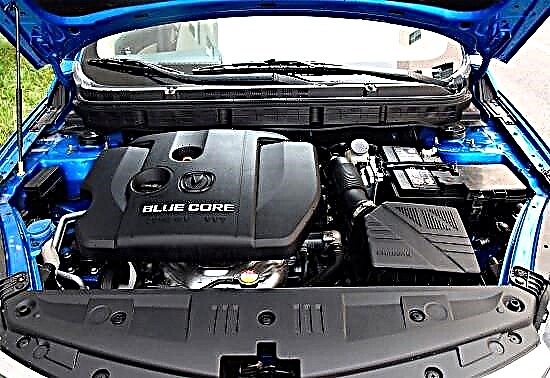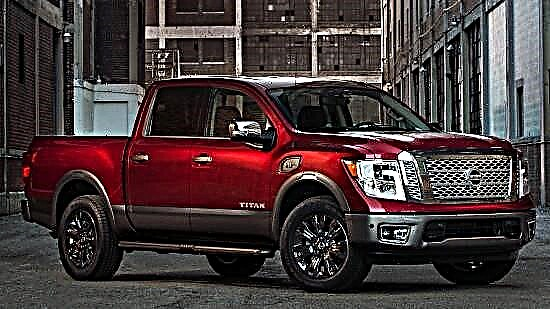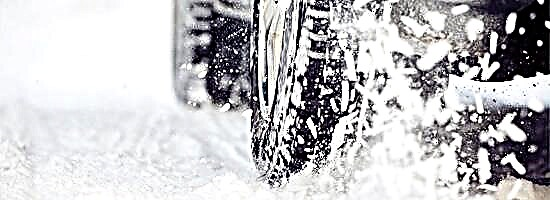Preparing a car for the winter season is a responsible business, and you need to approach it as seriously as possible, especially if there is a question about buying tires for operation in conditions with a predominance of snow and ice cover. In this case, only studded tires will help, and so that buyers do not make a mistake with their choice, road tests organized in a "combat" situation are necessary.
For the cold season 2016-2017, we tested winter studded tires at one of the polygons in the northern hemisphere, where real winter reigned. For the tests, a typical mid-size car (D-segment according to the European classification) was selected, for which twelve relatively affordable sets of tires with the dimension 195/65 R15 were selected (it is this that is most often found on inexpensive foreign cars and domestically produced cars).
Eight participants in the tests fit into the pricing policy from two to three thousand rubles, but among them a very variegated company was selected:
- The most affordable were the Chinese tires Triangle IceLink and the updated Cordiant Snow Cross, and the most expensive were the Hankook Winter i * Pike RS +, which had 170 studs on them, and the novelty for the winter of 2016-2017 in the person of Dunlop SP Winter Ice 02.
- Matador Sibir Ice 2, Toyo Observe G3-Ice, Pirelli Formula Ice and Nordman 5 became the "middle" ones.
- In addition, four sets of tires that are not so affordable, but no less successful in Russia, were tested - Michelin X-Ice North 3, Goodyear UltraGrip Ice Arctic, Nokian Hakkapeliitta 8 and Continental ContiIceContact 2.
It is also worth noting that half of the "test subjects" are produced on the territory of our country, due to which acceptable price tags are hung on them.

At the training ground, studded tires went through the whole range of snow and ice exercises at air temperatures from –20 to –2 ºC. True, due to the lack of dense, rolled snow, it was not possible to perform the rearrangement, but the controllability was assessed at once on two tracks - both snow and ice.
The tests started with methodical measurements, and on each set of tires there were six to eight races, and in some cases all ten because of the "jumping" results. At the same time, checking the condition of the coating using basic tires was carried out after every two or three sets of "studs".
The first disciplines that all test participants faced were acceleration and braking on snow surfaces with traction control and anti-lock braking systems engaged, which prevent the wheels from slipping when accelerating and locking when decelerating.
When accelerating from 0 to 40 km / h, the championship was taken by Cordiant, Formula and Nokian, who managed to keep within 6 seconds, while Toyo became outsiders, losing half a second to the leaders. It was this high-speed interval that was used to measure the time for the following reasons: from scratch - to prevent the tires from "hanging" when starting off, and up to 40 km / h - because you can accelerate to this figure in first gear.
When braking from 40 to 5 km / h (not to a full stop in order to avoid interference with ABS), the situation changed somewhat, and Michelin tires performed the best here (with them the car needed a distance of 16.2 m), and the Chinese Triangle (20.7 m).
The same procedures were carried out on ice, but only with a different end point of acceleration and initial deceleration (30 km / h). And the acceleration time began to be recorded not from zero, but from 5 km / h due to the use of equipment with an optical sensor instead of a device with a GPS module. After each measurement, the car had to be slightly shifted onto clean ice, since the small ice crumbs carved with spikes reduced friction, thereby preventing accurate numbers from being shown.
The best time when accelerating on ice was shown by Nokian, whose time did not exceed 4.5 seconds, the second place was awarded to Continental with a lag of 0.3 seconds, and Matador trailed "in the tail" (as much as 7 seconds). The braking did not make any changes to the list of leaders and outsiders.
The final exercise in measurements is the determination of the time to overcome the ice circle, where a large number of repetitions were required on each set of tires. And here the top positions on the “podium” were taken by Continental and Dunlop, ahead of all competitors.
The next test cycle started with an assessment of the behavior of a car moving on a snowy road at high speed, for which a site about 15 meters wide and about half a kilometer long was involved. Such a route not only made it possible to check the clarity of straight-line movement at a speed of 90-100 km / h, but also to make soft rearrangements from one lane to another and simulate obstacle avoidance.
The test car showed the most confident behavior on Goodyear, Cordiant and Nokian spikes, while Matador tires showed a wide and uninformative “zero”, solid steering angle when adjusting the course and delays in steering responses. The Chinese Triangle, despite the low information content of the steering wheel, pleased with their clarity, for which they received a plus in the piggy bank.
The next exercise became much more interesting - driving on a closed track with snow cover, turns of various steepness and small descents and ascents, which perfectly imitates Russian roads.
But if the outsider remained the same in comparison with the previous discipline, the leaders changed - the car, shod with Cordiant, Nokian, Hankook and Toyo tires, distinguished itself with clear reactions and predictable behavior even during a skid.
No less important for winter tires is handling on a very low surface, so this particular test turned out to be the next in line, and for its implementation, a track with high-speed and slow turns, as well as short and long straight sections was used.
When taxiing on the ice, everyone was left behind by the spikes Cordiant, Hankook, Nokian (they were the most successful in handling on the snow) and Nordman, who demonstrated clear behavior and quick reactions, while in the rear guard due to poor steering information and an unexpected break in a skid trudged Goodyear.
But to check the cross-country ability, snow with a depth of a little more than the ground clearance was perfect, which made it possible to establish how much a car, shod with certain tires, simply and clearly starts from a place, is controlled and gets out in its own footsteps if it gets stuck.
And here the Goodyear tires completely played out for the previous fiasco, on which the car more than confidently moved through deep snow, while the Chinese Triangle tires did not work at all.
After testing with snow and ice, it is time to find out if all the thorns are still in place. And the highest reliability was shown by Continental and Formula, which managed not to lose a single "stud", but the outsiders were Cordiant, Dunlop and Hankook, who lost ten, thirteen and fifteen studs, respectively. Michelin, Nordman and Nokian were rated good for two claws, while Goodyear, Triangle and Matador were forced to part with three or four studs. As for Toyo, their losses amounted to seven "studs" - not the best result.
The matter was not limited to snow and ice exercises, because any car shoes (even studded ones) from time to time have to be operated on the asphalt. Moreover, such tests were carried out under more favorable weather conditions, when the asphalt had already dried up, and the air temperature was from 4 to 7 ºC. And after all, these are the conditions that prevail at the turn of the seasonal change of "shoes".
First of all, all subjects underwent measurement of fuel consumption, and immediately before measurements on the warm-up circle, directional stability and the level of comfort (noise and smoothness) were assessed along the way on roads with different surfaces.
The least "voracious" at city and suburban speeds were Nokian, Formula and Nordman, but the worst figures showed Cordiant, albeit with a very small difference (only 200 ml of gasoline per "hundred"). With directional stability at a speed of 110-130 km / h, Michelin tires were in the best position - the car shod in them distinguished itself by clear keeping of the given trajectory and soft rearrangements.But in the “catching up” we found Triangle: here there is no information content on the steering wheel, and the “zero” is wide and smeared, and to maintain the direction it is necessary to work with the steering wheel at solid angles.
In terms of noise level, all subjects are approximately at the same level - each of them rustles with pinches on the asphalt. And if we take into account the smoothness of the ride, then here Continental, Hankook and Michelin have proven themselves better than others.
The final exercise for all sets of tires was braking on wet and dry asphalt, which was performed from speeds of 60 and 80 km / h to 5 km / h (in order to exclude ABS interference).
The shortest distance to slow down on wet surfaces was needed by the Continental spikes (19.8 m), while the Dunlop and Cordiant rolled the farthest (22.4 and 22.5 m, respectively).
On a dry road, the Triangle tires (31.6 m) felt more confident than others, and the Cordiant (35 m) showed the worst results.
The first place in the tests went to the Nokian Hakkapeliitta 8 tires, which distinguished themselves with good performance in all exercises, followed by the Continental ContiIceContact 2. By and large, both tires have only one drawback - high cost. "Bronze" went to Goodyear UltraGrip Ice Arctic tires.
Hankook Winter i * Pike RS + and Nordman 5 models, which have demonstrated stable results in all tests, may be suitable for car owners who are ready to spend no more than 12 thousand rubles when buying studded tires. "Shipovka", which took the sixth to tenth places in the final rating, have their drawbacks, but there is nothing to scold them especially for, but the best option among them turned out to be Cordiant Snow Cross due to the affordable price tag. True, in the case of frequent use of the car in urban conditions with cleaned roads, it is better to take a closer look at other tires.
Wheels Matador Sibir Ice 2 and Triangle IceLink showed frankly "budgetary characteristics", but even on them, subject to basic safety rules, you can leave the winter without any problems.
But the cost of Michelin X-Ice North 3 rubber is overpriced, at least it does not justify the level of performance.
Final ranking of winter studded tires for the 2016-2017 season based on test results:
- Nokian Hakkapeliitta 8;
- Continental ContiIceContact 2;
- Goodyear UltraGrip Ice Arctic;
- Hankook Winter i * Pike RS +;
- Nordman 5;
- Cordiant Snow Cross;
- Toyo Observe G3-Ice;
- Michelin X-Ice North 3;
- Dunlop SP Winter Ice 2;
- Formula Ice;
- Matador Sibir Ice 2;
- Triangle IceLink.



